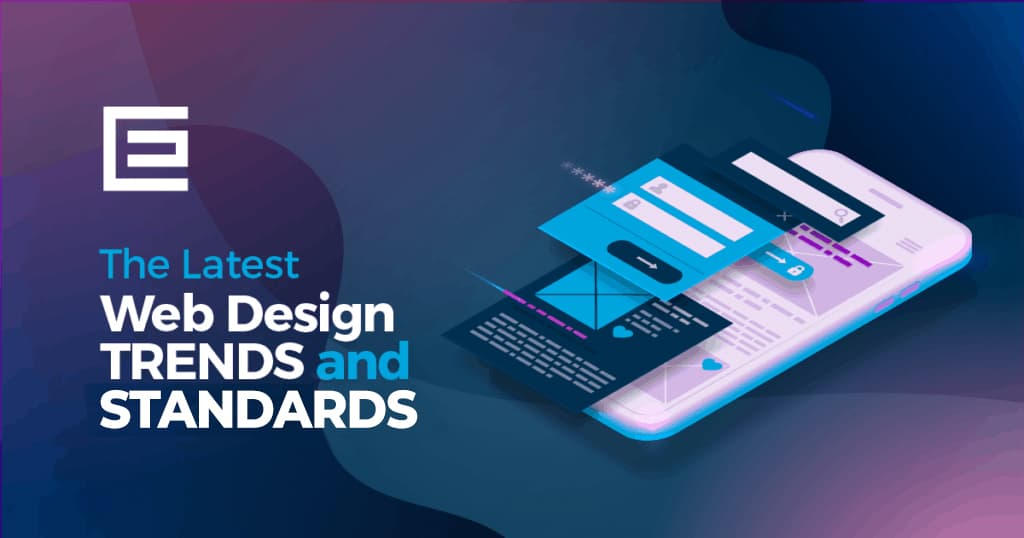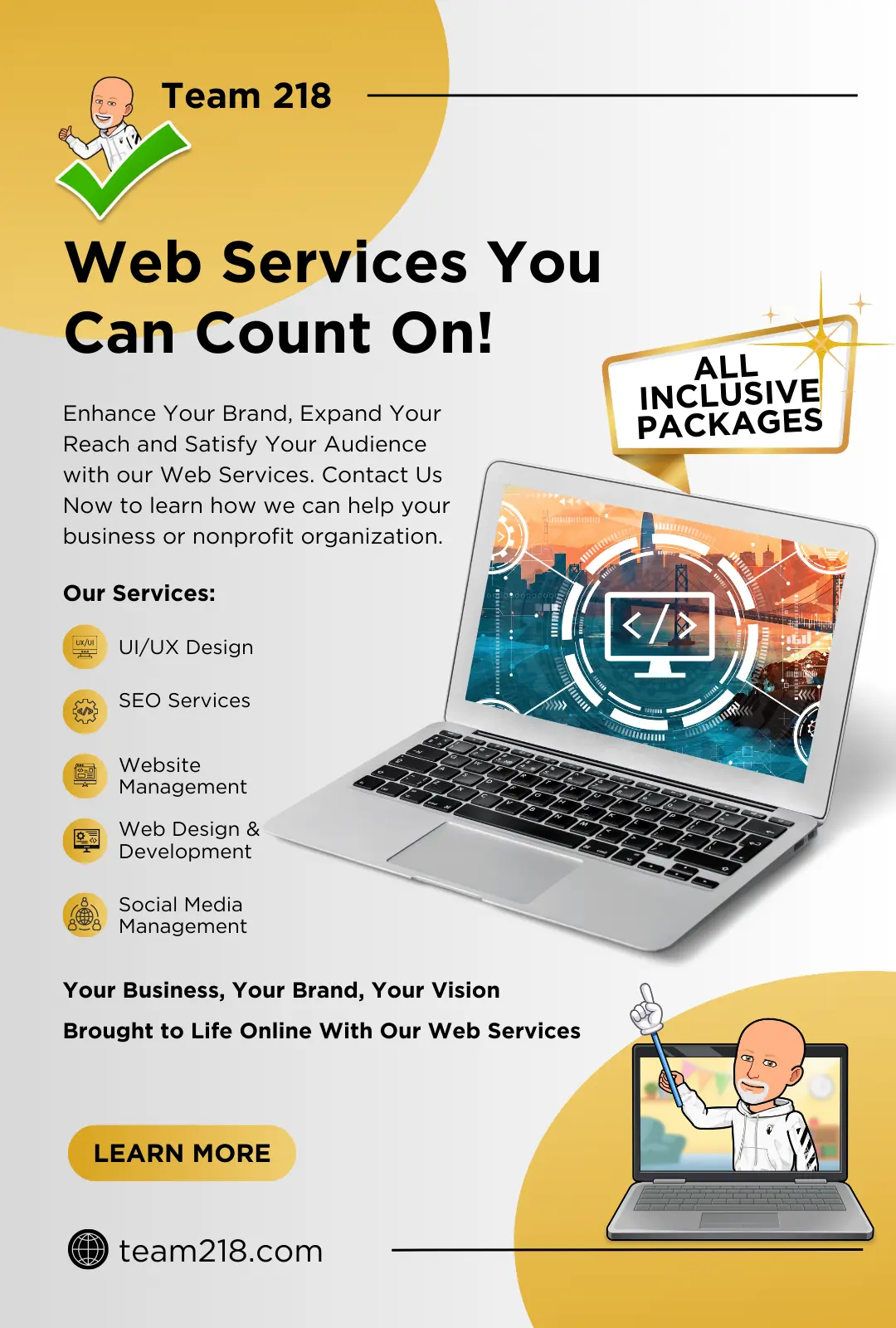Proven Techniques for Enhancing Your Website with Superior Web Design
Proven Techniques for Enhancing Your Website with Superior Web Design
Blog Article
The Comprehensive Guide to Crafting Aesthetically Appealing and Practical Website Design That Meets Customer Needs
In today's electronic landscape, the value of crafting web designs that are both useful and visually attractive can not be overemphasized. By focusing on user-centered design principles, designers can produce experiences that not just attract however also preserve user passion. Secret visual aspects such as contrast, placement, and equilibrium play an essential function in this procedure, while the requirement of responsive style guarantees accessibility across various devices. The trip does not finish with preliminary layout; continuous screening and version are essential for refinement. What methods can one use to successfully stabilize these components?
Recognizing User-Centered Style
At the heart of efficient web layout lies the principle of user-centered layout, an ideology that focuses on the needs, preferences, and habits of customers throughout the development process. This strategy includes detailed research study to understand the target audience, ensuring that the end product reverberates with its designated users. By incorporating user responses at every phase, designers can produce interfaces that are not just visually attractive however likewise useful and instinctive.
User-centered design emphasizes compassion, calling for designers to tip right into the customers' shoes and consider their point of views. Methods such as user personas, journey mapping, and functionality testing are used to determine pain points and possibilities for enhancement. This iterative procedure enables continuous improvement, as developers adapt to advancing customer demands and technological developments.
Incorporating user-centered design leads to enhanced individual fulfillment and engagement, inevitably causing greater conversion rates and brand loyalty. It fosters a joint environment where stakeholders, consisting of customers, programmers, and developers, interact to accomplish a shared vision. By putting customers at the leading edge of the layout procedure, companies can create websites that not only satisfy service goals but likewise give purposeful and gratifying experiences for individuals.
Secret Concepts of Visual Layout
Efficient visual design offers as the structure for creating engaging and straightforward internet sites. It encompasses a number of crucial principles that lead developers in crafting aesthetically pleasing and functional user interfaces.
First, equilibrium plays an important function in accomplishing visual harmony. Developers ought to disperse aspects evenly throughout the layout to avoid overwhelming individuals. This can be achieved through balanced or unbalanced style strategies.

Furthermore, positioning is essential for arranging info. Consistent alignment of text and images promotes a tidy design, improving overall navigation and customer experience.
 Proximity additionally contributes to aesthetic quality. Grouping related things with each other aids individuals in understanding the connection between different components, making the interface a lot more user-friendly.
Proximity additionally contributes to aesthetic quality. Grouping related things with each other aids individuals in understanding the connection between different components, making the interface a lot more user-friendly.Lastly, uniformity in design aspects, such as designs, shades, and fonts, reinforces brand identification and assists customers browse the website much more effortlessly. By incorporating these essential concepts of visual style, web developers can produce user interfaces that are not only aesthetically attractive yet also useful and user-centered.

Significance of Responsive Style
Responsive style is a critical aspect of modern internet advancement, making sure that websites work perfectly across a selection of tools and screen link dimensions. As the internet landscape progresses, the variety of devicesâEUR" ranging from smart devices to tablets and desktop computersâEUR" requires a design method that fits all individuals.
Applying receptive layout enables an adaptable design that automatically adjusts based upon the individual's display measurements. This adaptability not just enhances availability but likewise boosts use, as users can interact and navigate with the site effortlessly, regardless of their device.
Moreover, online search engine like Google prioritize mobile-friendly websites in their ranking formulas. A receptive layout can substantially boost a site's search engine optimization efficiency, ultimately driving even more traffic and increasing visibility.
Furthermore, responsive design lowers the demand for keeping numerous variations of a site, simplifying updates and content administration. This efficiency converts right into cost savings and a much more cohesive brand experience across systems.
Enhancing Customer Experience
User experience (UX) is a crucial part of website design, affecting exactly how visitors connect with a site and regard its value. A well-crafted UX guarantees that users can navigate with ease, locate information quickly, and accomplish their goals successfully. The design needs to consider the individual's journey, from the moment they arrive on the website to the conclusion of their desired action, whether that be purchasing, registering for a newsletter, or accessing information.
Secret aspects that enhance UX include clear navigation, receptive layouts, find more info and engaging visual content. Uniformity in design aspects such as buttons, shades, and font styles cultivates experience, making the website feel natural. Additionally, optimizing tons times is important; users are much less likely to remain on a website that is sluggish to react.
Incorporating ease of access functions makes certain that all customers, consisting of those with specials needs, can interact with the website perfectly. User-centric style principles need to direct material company, giving relevant details in a rational framework. web design. By prioritizing user requirements and choices, internet designers can develop experiences that are not just aesthetically appealing but also useful, inevitably promoting individual fulfillment and loyalty
Testing and Repeating Layouts
Examining and iterating designs are fundamental processes that follow the preliminary production of an internet site, making sure that the user experience stays at the center of any adjustments. These stages entail gathering user responses, assessing style performance, and making informed alterations to boost functionality and involvement.
Use screening enables developers to observe actual customers as they interact with the web site, recognizing pain points and areas for enhancement (web design). User surveys can supply qualitative insights, recording customer sentiments and preferences.
When screening is finished, the version stage starts. This includes refining the style based upon the gathered data, prioritizing modifications that straighten with individual requirements and company objectives. Constant model cultivates a flexible layout technique, where the site advances in response to individual behavior and feedback. By committing to extensive testing and iteration, designers can create a site that not only satisfies aesthetic requirements but additionally delivers a satisfying and smooth user experience.
Verdict
Finally, effective website design demands the assimilation of user-centered concepts, crucial visual layout elements, and responsive structures to develop appealing interfaces. By prioritizing customer requirements and applying continual screening and iteration, designers can improve their developments to enhance overall satisfaction. The commitment to these practices not only cultivates an aesthetically appealing visual however likewise makes certain capability throughout varied devices, inevitably adding to a favorable individual experience and raised interaction.
By focusing on user-centered layout principles, developers can develop experiences that not just bring in yet likewise preserve user rate of interest.At the heart of reliable web style lies the principle of user-centered design, an ideology that prioritizes the needs, choices, and habits of individuals throughout the growth process. By placing individuals at the forefront of the design procedure, companies can create internet sites that not just meet organization purposes but additionally supply rewarding and meaningful experiences for more info here users.
By prioritizing customer demands and choices, web designers can produce experiences that are not just visually appealing but likewise useful, inevitably promoting user complete satisfaction and commitment.
User studies can offer qualitative insights, recording customer beliefs and choices. (web design)
Report this page